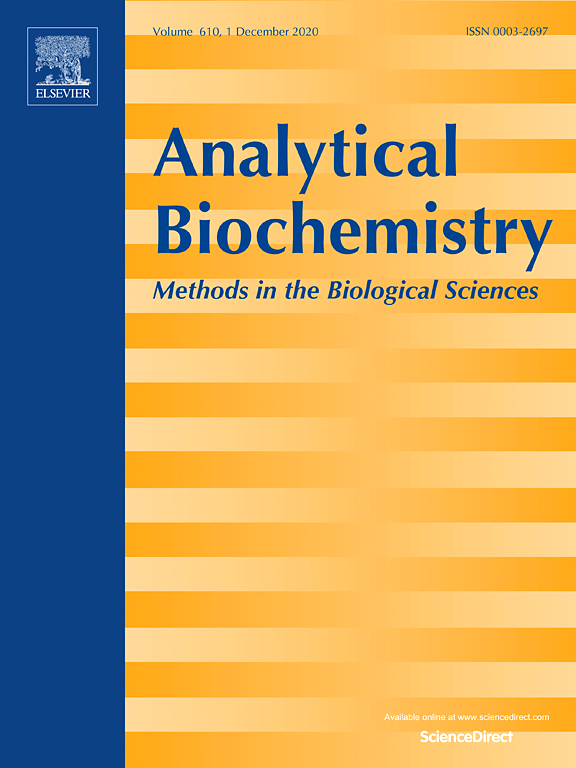Authors
Kamfai Chan, Pui-Yan Wong, Chaitanya Parikh, SeasonWong
Keywords
3D printers, Low-resource settings, Nucleic acid extraction, Recombinase polymerase amplification, Foodborne pathogens, Zika virus
Outline
- Introduction
- A 3D printer repurposed to perform nucleic acid extraction
- Need for simple nucleic acid amplification and detection
- Using a 3D printer for isothermal amplification reactions
- Using thermoses for RPA reactions
- Materials and methods
- Repurposing a 3D printer into an automated NA extraction device
- Automate extraction and amplification steps using G-code
- Samples used in this work
- Bacterial culture conditions
- Zika virus and saliva specimens
- Real-time RPA and RT-RPA assays
- Monitoring and recording the real-time RPA reactions
- Real-time RPA assay using a benchtop instrument
- Real-time RPA assay using the 3D printer and a USB-powered portable detector
- Low-cost real-time RT-RPA assay using the thermos thermal cycler
- Fluorescent signal detection using smartphone camera
- Repurposing a 3D printer into an automated NA extraction device
- Results and discussion
- 3D printers are fully capable of carrying out high-quality extraction
- Real-time RPA performed on the 3D printer and ESElog
- 3D printer movement and scanning
- Temperature stability of TTC for RPA runs
- Comparing RPA results from the TTC and a commercial device for RPA
- Real-time TTC for the real-time detection of L. monocytogenes in milk
- Conclusions
- Author contributions
- Acknowledgements
- References

